Fio Condutor – Territory Cycle | 4, 5 & 6 October, São Pedro, Campanhã
Fio Condutor: Territory Cycle
What is real needs few words
Circolando – Central Elétrica
4, 5 & 6 October 2024
São Pedro de Azevedo, Campanhã, Porto
Free entrance
On the 4th, 5th and 6th of October, in various locations in São Pedro de Azevedo, a peripheral place in the parish of Campanhã, Porto, Circolando – Central Elétrica held the 2nd edition of Ciclo Território, a program dedicated to artistic creation in dialogue with the places and communities neighbouring the Central Elétrica. In a desire to bring art closer to life and anthropology, contextual artistic practices were the core of the program, which included several projects to premiere, both in the field of performing arts, cine-concert and visual arts. Encounters and conviviality were other central ingredients of the cycle, with several moments of conversation, snacks and a party promised with shows by Dona Armênia and Marante.
“What is real needs few words” is a line from Raymond Duncan’s manifesto about the power of small gestures, the strength and grandeur of everyday micro-actions. The legacy of this artist and thinker, brother of the famous Isadora Duncan, was among the references of PLANT – Performing Life Akademia Network, a transdisciplinary program, financed by Creative Europe, of which Circolando – Central Elétrica is the leader and coordinator. A two-year project, and already in its final stretch, PLANT is the result of collaboration with two other creation centres – Duncan Dance Research Center from Greece and Espai nyamnyam from Spain -, and will have one of its high moments this weekend.
As part of this European project, Circolando – Central Elétrica developed, in partnership with architect Roberto Cremascoli and the Escola Superior de Artes e Design (ESAD), the Common Space project, a place for meeting and sharing knowledge that it installed in Largo de São Pedro de Azevedo, and has been activating it since spring. During the Territory Cycle, the Common Space will be the main meeting place, the centre of a diverse map of presentation spaces, and the place where each day of activities begins.
With the Territory Cycle, we seek to chart paths in search of art that is in tune with the place, encouraging experimentation within the scope of artistic projects that feed on the discourses, experiences, memories, human and non-human, that are found in the place.
PROGRAME
04 October
18h30: Opening – Presentation of PLANT, at Espaço Comum, Largo de São Pedro
19h30: film-performance OMEN, by Rosanayaris and nyamnyam in collaboration with Julie Loi, Estel Boada, Daniel Moreno Roldán and Pedro Vilela, at Jardim Lumi
20h30: Pig on a Spit, at Pavilhão do Vitória
22h00: Concerts by Dona Arménia and Marante, at Pavilhão do Vitória
05 October
12h00: walk-performance LUGAR X, by Catarina Vieira, at Espaço Comum, Largo de São Pedro
17h00: walk-performance MONUMENTUM – THE MOMENTUM OF AN EPHEMERAL MONUMENT, by Aris Papadopoulus, Dora Zoumpa and Vasilis Ntouros, at Espaço Comum, Largo de São Pedro
19h30: MUDANÇA DO TEMPLO, by Esther Rodriguez-Barbero, at Pavilhão do Vitória
20h30: Dinner, at Espaço Comum, Largo de São Pedro
21h30: film TORTO, by André Braga, Cláudia Figueiredo, Gonçalo Mota and Nuno Preto, at Espaço Comum, Largo de São Pedro
22h00: Performance-concert FOTOMEMÓRIA, by Tânia Dinis and João Sarnadas, Os Iniciadores
06 October
12h00: Walk-performance, LUGAR X, de Catarina Vieira, at Espaço Comum, Largo de São Pedro
13h00: Lunch with recipe sharing, R/ESPIGAR, by Rebecca Moradalizadeh, at Espaço Comum, Largo de São Pedro
15h30: OFERENDA, by Esther Rodriguez-Barbero, at Espaço Comum, Largo de São Pedro
04, 05 and 06 October
Instalation R/Espigar, by Rebecca Moradalizadeh, Sede Associação Branco E Negro
Fio Condutor – Territory Cycle 2024 is financed by the European Union – Creative Europe, through the PLANT project.
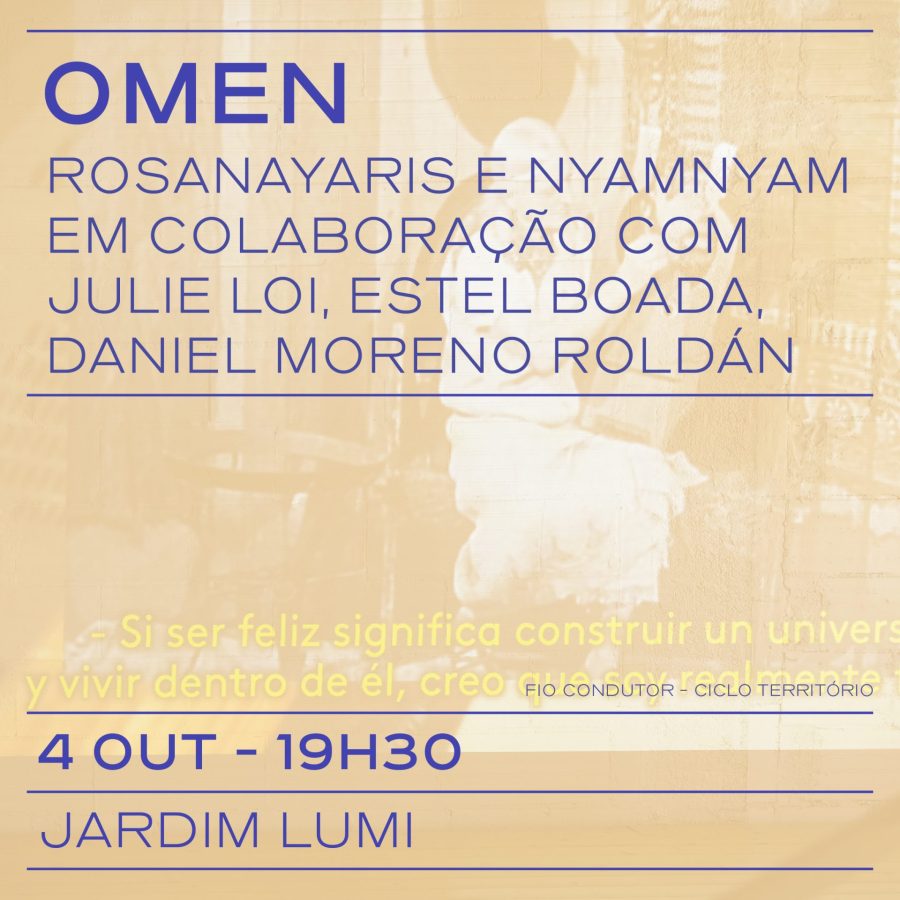
OMEN
In April 2021, the artists Rosanayaris and nyamnyam, re-made the trip following the original route that the Duncan family took in 1903 to travel by sea from Italy to Greece; this trip is described in the book “My life” written by Isadora Duncan (sister of Raymond Duncan). Their goal was to revisit the figure of Raymond and discover experientially, his way of thinking. The Duncan family traveled guided by the ancient story of Odysseus and the ideals surrounding ancient Greek culture. In their case, the artists traveled while reading and ’embodying’ Raymond’s life and ideas. OMEN is an opportunity to rediscover the figure of Raymond Duncan, in dialogue with the stories collected during the research of this project, over the last three years.
OMEN is structured in 25 rhapsodies, following the footsteps of the Duncan family’s original journey from Brindisi to Athens, juxtaposing passages from Homer’s Odyssey, the oracle of the runes, Raymond Duncan’s astral chart or parts from a 1955 interview by Orson Wells to Raymond. Most of the videos are captured during the two-week trip that rosanayaris and nyamnyam made in 2021, accompanied by Ariadna and Iñaki’s children: Gal·la and Juls, also taking part in the recordings. The editing of the film started a year later and counted with the participation of Julie Loi as Isadora Duncan and the oracle, with Estel Boada as Homer and Daniel Moreno Roldán for the music.
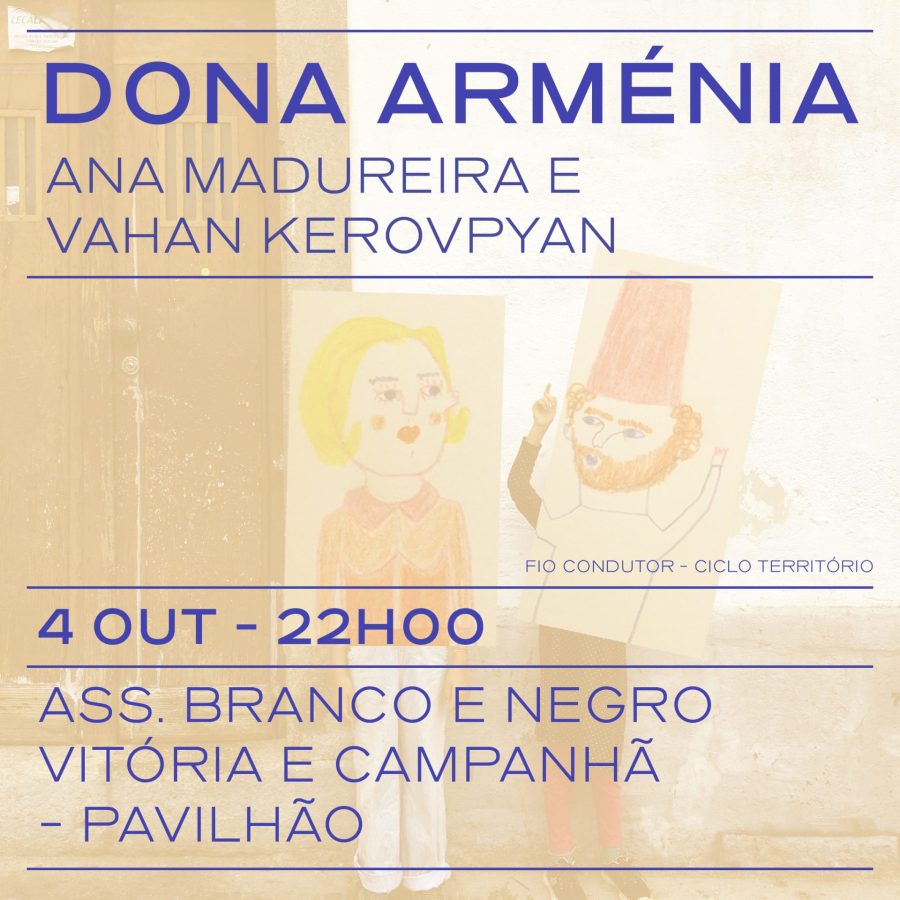
Dona Arménia
Dona Armênia is the Armenian’s front neighbour. It has a distant name and is unaware of the link that connects it to the East. A bow to Dona Armenia. It is important to maintain good neighbourly relations.
A concert sang and played, you here, you there.
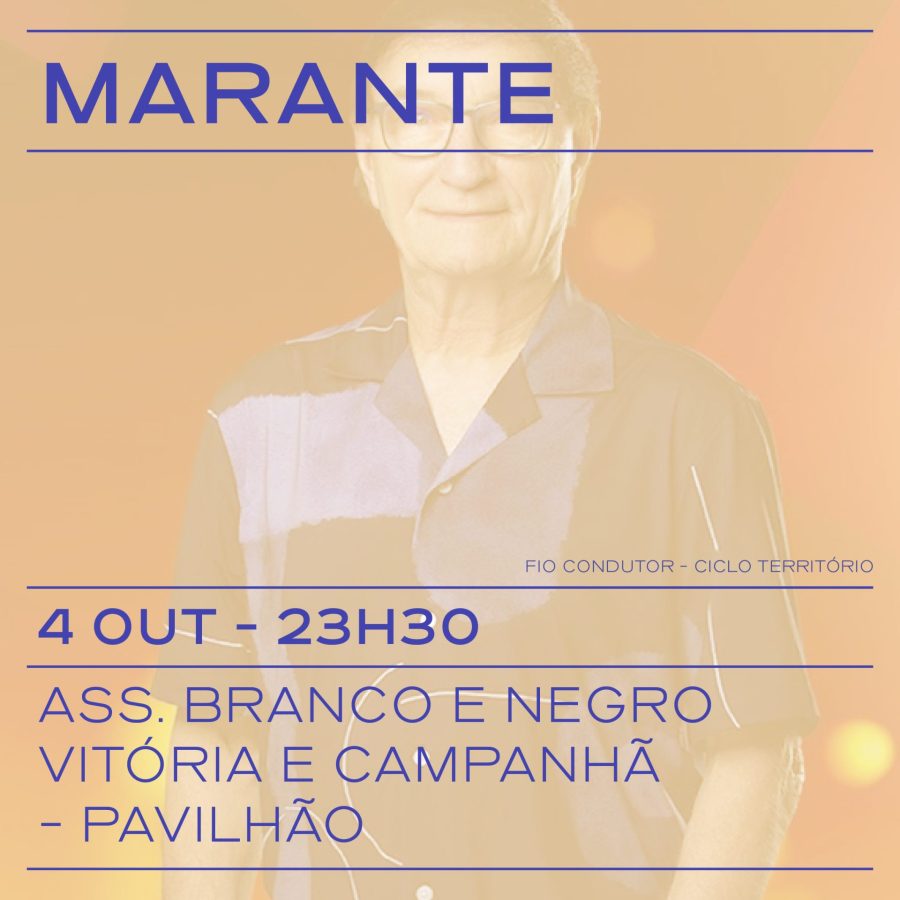
Marante
António Luis Cortez Marante, widely known as Marante, is an unavoidable figure in the Portuguese popular musical landscape. Born in Barqueiros, in 1948, his life is an intertwining of typical melodies and personal stories that position him as a true emblem of national culture. He dreamed of football but it was in music that he became known. In 1980 he created the group “Diapasão” which immortalized the song “A Bela Portuguesa”.

LUGAR X
Place X is a creation for public space about the mechanisms of extracting value from bodies, ecosystems, life and relationships. Extractivism marks the location of the treasure with an X. At this moment, no place, body, or form of life escapes marking. I intend to create fictional maps of the places where we don’t want to or can’t return, because there is no treasure to extract, no pleasure to discover. And, at the same time, investigate gestures to stay alive, despite and in the devastation. How do you create a body from ruins?
In the place we left behind, we opened a hole and dug. The earth calls us. We came to visit a lover, our own bloodless land. You can always open a hole. Breaking the cement and oblivion. Excavate various horizons and bring your listening closer to the ground. We open a hole and talk to the skin of that void. A collective meditation, where hands trace paths to impossible memories and gestures.

MONUMENTUM
What would a contemporary counter-monument be today? How would it challenge authority, memory-making, and permanence? What would its form, functions, materiality, and lifespan be?
Monumentum is a collaborative project focused on developing a communally-dreamt, contextual prototype practice for thinking about and acting for such counter-monuments.
Using the dry stone wall technique as a metaphor and a framework, the project integrates collective dreams, desires, and memories with the textures of place, fiction, and community. Through this approach, the collective seeks to uncover the unseen connections between handcraft, labor, societal tensions, and aspirations for the future.
When no “mortar” is used what are the forces holding a community, a collaboration, a wall, an everyday practice together? How are these forces and relations expressed or embodied, and what kind of performative aspects arise from the relationship between monument and ruin?
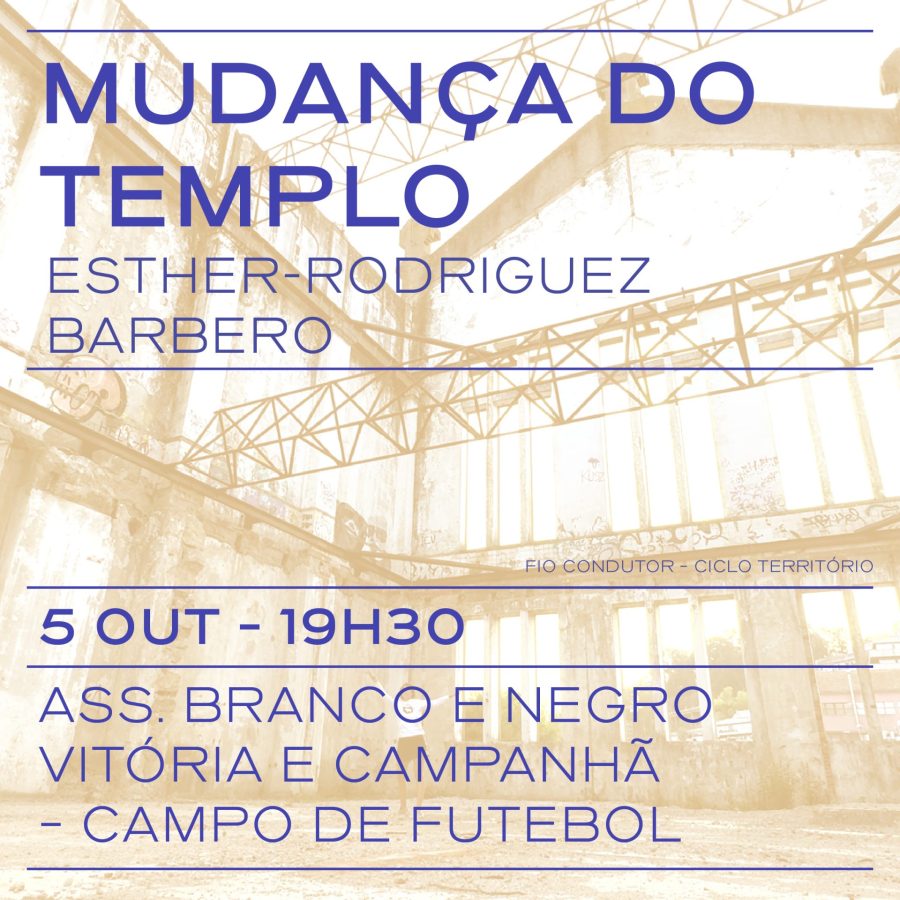
MUDANÇA DO TEMPLO
Mudança do Templo is the construction of a sacred place. A dance for the e-spirits, a letter to a place in transition, a chant for the living. It is a sanctuary where to meet the waters of wisdom. It is an invitation to travel through infinite spaces.
Mudança do Templo is part of the research TEKNETOOLBOX, which studies the relationship between ruins, sacred places and the body & space technologies associated with them to establish a relation with what surrounds us. All cells of the body are immersed in the act, so deep that indeed the observer, the object and the media become a whole. It focuses on cycles of collapse and regeneration of bodies and places, when something ceases to be what it was and becomes something else, something as yet unknown. That moment is when there is a multiplicity of latent possibilities.

TORTO
Previously called “ribulum campania”, the Campanhã river, the Torto is a small tributary of the Douro river that remains largely forgotten. With just over 12 km, it originates in Serra de Valongo and flows next to Freixo, bypassing the territories of Azevedo and São Pedro. Known by neighbours as “the stream”, on rainy days, it still manages to surprise with its strength. “The anonymous water knows all the secrets.”
In a brief residency at the end of 2023, we followed its course in search of the stories, the memories, the lives that live on its banks.
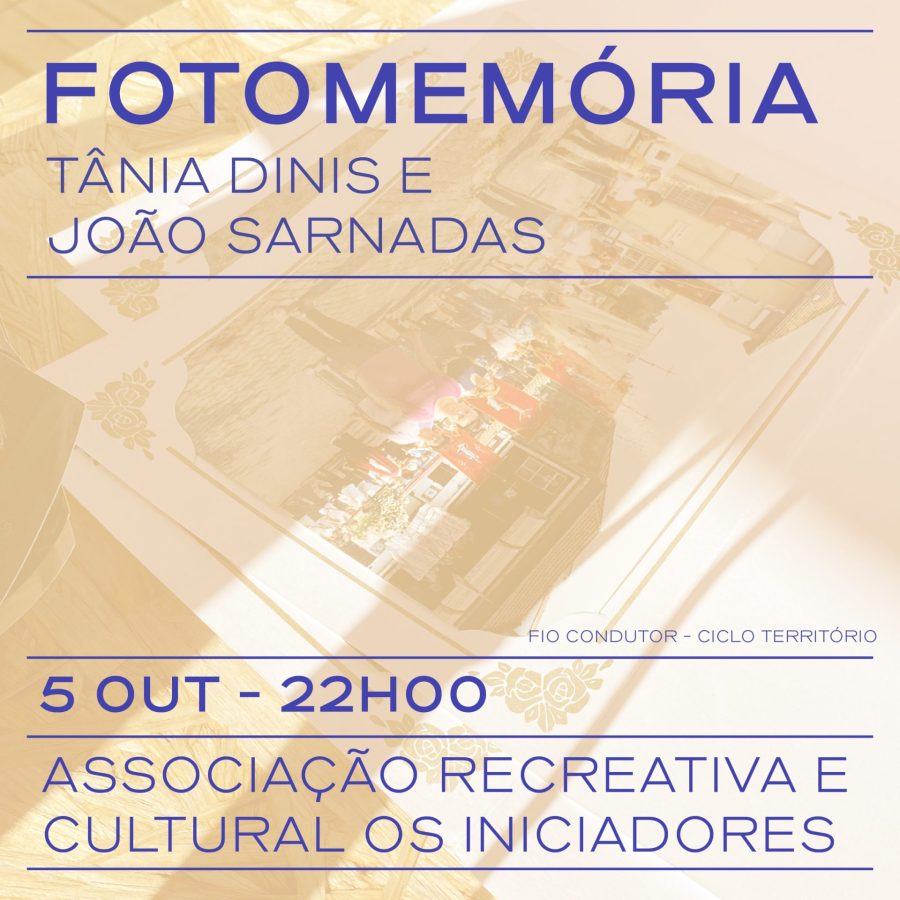
FOTOMEMÓRIA
With Azevedo Campanhã as the geographical area of intervention, FOTOMEMÓRIA results from an artistic residency in the format of sound and visual performance that draws on collections of domestic images and local associations: observing, listening and interrogating, reflecting on the way they relate to memory and experiences of places.

LUGAR X
Place X is a creation for public space about the mechanisms of extracting value from bodies, ecosystems, life and relationships. Extractivism marks the location of the treasure with an X. At this moment, no place, body, or form of life escapes marking. I intend to create fictional maps of the places where we don’t want to or can’t return, because there is no treasure to extract, no pleasure to discover. And, at the same time, investigate gestures to stay alive, despite and in the devastation. How do you create a body from ruins?
In the place we left behind, we opened a hole and dug. The earth calls us. We came to visit a lover, our own bloodless land. You can always open a hole. Breaking the cement and oblivion. Excavate various horizons and bring your listening closer to the ground. We open a hole and talk to the skin of that void. A collective meditation, where hands trace paths to impossible memories and gestures.

R/ESPIGAR
R/Espigar is a project around food, nutrition and recipes that remain in the senses or that are formed on the table. Over the course of two years, tastes, smells, memories, ways of doing things and a wide variety of experiences were gathered, collected and shared through interviews and interactions with the Campanhã community, from Formiga to S. Pedro de Azevedo. The affective collection of this long journey now culminates in an almost archival installation – where knowledge and the ephemerality of gestures are highlighted through the spoken word, moving image, photography and traces – as well as in a new collective meeting to activate, share and exchange the recipes and experiences collected so far.

OFRENDA
Dear place, I have observed you for quite a while now. I know you hold a mystery that we have to unravel. I know that you have been through some challenges lately and that things are not how they used to be. Some changes appeared that made you look and feel differently. Nevertheless, a horizon is drawn yet to be fulfilled. OFRENDA is a gathering to make an offering to this place. OFRENDA invites you to pay tribute to a place in transition. To build a collective memory made of stories, dances, gestures, words, and any other material or immaterial thing that made it how it is today. And through this act to listen together to the possibilities that are drawn on the horizon.

